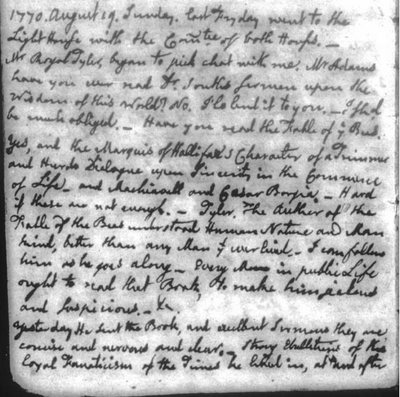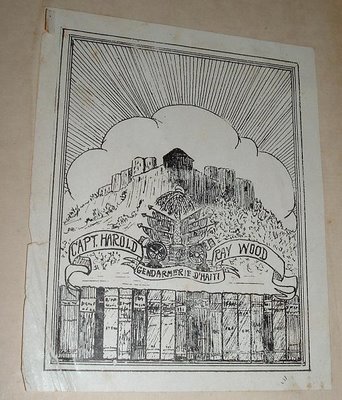
I don't know if I've ever encountered a stranger premise for a novel than the one for
The Texas-Israeli War: 1999, by Jake Saunders and Howard Waldrop (Ballantine, 1974). Why would Texas and Israel go to war against each other? And
how could they go to war? Wouldn't that be war against the U.S.? Not if Texas seceded from the Union first. Backing up a bit, the premise laid out is that a nuclear holocaust in 1992 (18 years in the future when the book was written) decimated more than half of the world's population. Israel, "painfully" overpopulated, somehow escaped the raining nukes and a couple of Israeli mercenaries decided to pull up stakes and head for America and new opportunity. Basically, they were just looking for some land to settle on, and apparently, America had a surplus after the war.
Now in the aftermath of a devastating war, Texas decides to secede instead of sticking with the other states to rebuild. They take their oil reservs and, to make matters worse, they kidnap the U.S. President. Why? Best not to ask at this point. It gets worse. Sol and Myra, the Israeli mercenary/settlers strike a deal with the U.S. government to rescue the President in exchange for land to settle on north of the Red River. They lead their little band of Israeli renegades deep into Texas on what is called Operation King. Given that name, I would almost expect to see Elvis make an appearance.
All that is bad enough, but the cover art goes the extra mile in goofiness. An Israeli tank positions itself somewhere in West Texas against a charging group of... Indians? Huh? I thought this was futuristic in concept, so what happened to the Israeli commandoes when they arrived in Texas to do battle? Did the author shift the time machine in reverse and pit Israel against the Comanches? And that tank... how in the world did Sol and Myra haul that thing all the way to America?
I only bought this book for the title, as a gag to show someone from Israel I know. But the synopsis on the rear cover and artwork on the front cover are really tugging on me to start reading this thing (in fairness, I have not read one page, only the rear cover write-up). It smacks of a humorous tongue-in-cheek, quasi-science fiction, time-travel kind of story. And the Jewish/Texas angle makes me think of the Lone Star State's most celebrated singer/songwriter/mystery novelist/gubernatorial candidate:
Kinky Friedman. I wouldn't be surprised to learn that the authors credited with this book actually comprised a dual-pseudonym for the Kinkster. If so, Willie Nelson just might be involved somewhere in the plot.

 Think of checkers and you (I) get an image of old men sitting around the cracker barrel or old Franklin stove in a country store, slowly pondering their next move on the checker board. I don't think of detailed books, with bloated titles, and this one was originally published in 1897. I guess by 1931 (this edition), the game had changed enough in some way to warrant a new edition. Revised and enlarged. What is there to revise about checkers? Perhaps this falls under the heading of "You can't judge a book by its cover."
Think of checkers and you (I) get an image of old men sitting around the cracker barrel or old Franklin stove in a country store, slowly pondering their next move on the checker board. I don't think of detailed books, with bloated titles, and this one was originally published in 1897. I guess by 1931 (this edition), the game had changed enough in some way to warrant a new edition. Revised and enlarged. What is there to revise about checkers? Perhaps this falls under the heading of "You can't judge a book by its cover."





